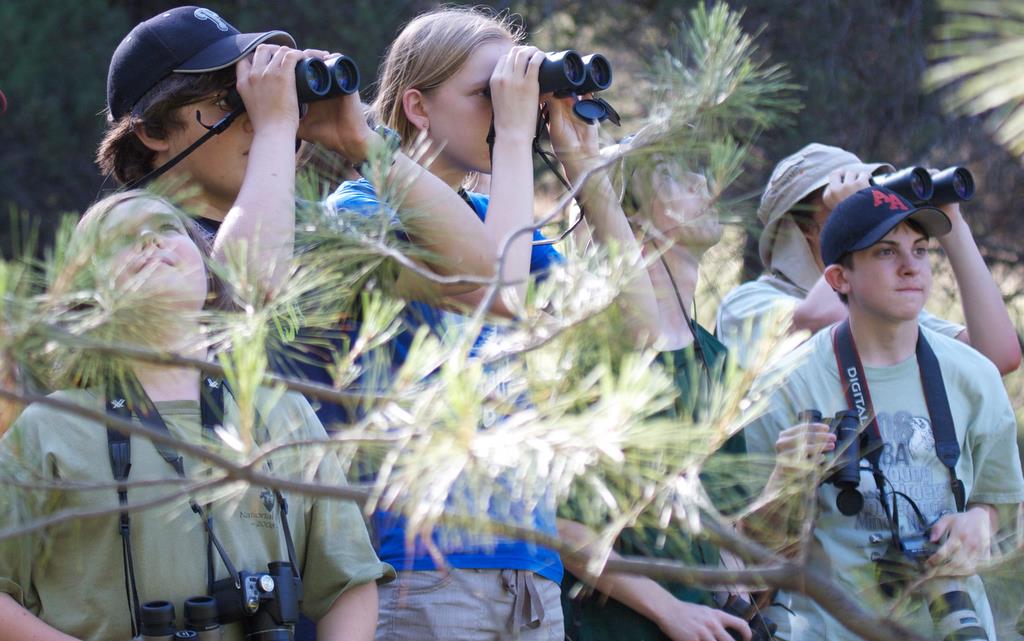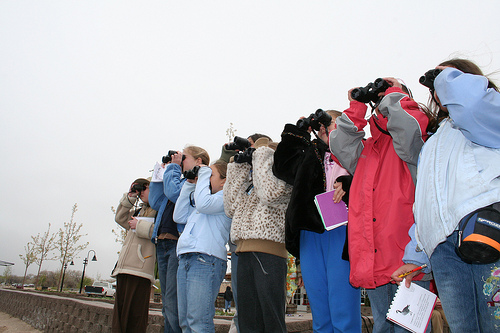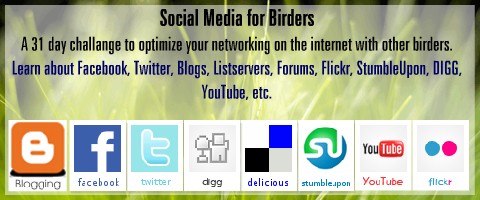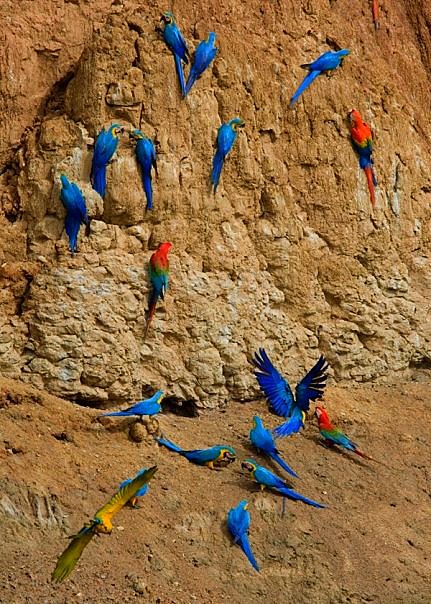Get control of your Facebook and engage
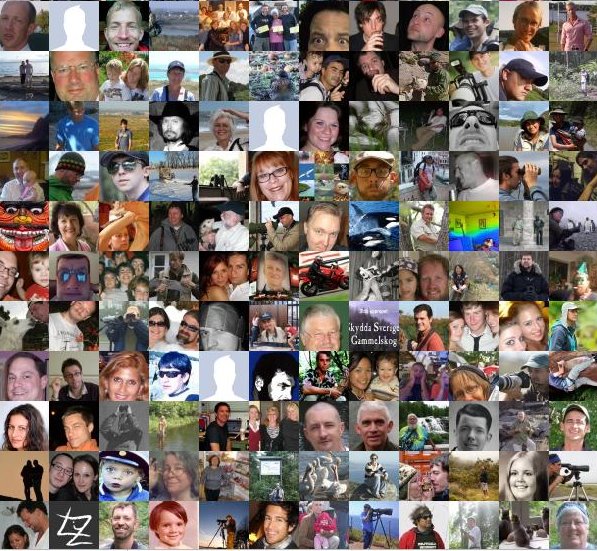
In the last post we talked about how essentially birders are very social and have been using pre-social media for quite some time. Today I want to help you get control over your Facebook. You are not on Facebook yet? No problem, how to sign up and get started in the small updated Facebook introduction that can be found here.
I have already justified why I think Facebook is essential in these previous posts. I want to explore how the Facebook experience can be more effective. Today, we shall treat the basics (long) and over serious of shorter post other Facebook functions, such as groups, pages, notes and how to get more friends. I mention some of my tricks here, but I am interested in hearing about yours. Please comment freely. Remember this is a workshop – not a course.
Facebook profile and setting of privacy
Can’t stress enough that this is the most important part of your Facebook. It determines if birders want to become friends with you or not. Facebook, has recently changed the policy, so that it is possible to keep various parts open for full view for everyone on the web, not only those on Facebook. For example, now it is possible to show your wall openly. Technically it also means that what is written on the wall can be indexed by search engines if you keep no walls to your walls. This is good if you have any business aspect of your Facebook, but maybe less good if you and your friends write all sort of private stuff on your walls, rather than sending closed messages. Also make sure that birders can contact you. Showing the email is no danger of getting more automated spam as it is an image your email shown. It can not be read by robots.
There are two major areas you should work in detail. First is the Info section in the Profile. Secondly, in Settings there is the Privacy Settings. In the latter you can for instance decide whom you want to share your photo albums with. I share for instance all my Bird photos with everyone, but keep my family photos private. How do you keep your privacy settings? It is not sure what works for me works for you.
Checklist (update):
- Photo. We really want to see what you look like. You may play around with your profile picture and change it as often as possible – and maybe once in a while put a bird there for a couple of days. But a picture of you on your page is really what works best in the long run. I also recommend you NOT to put your kids or your high-school photo here – if you are to connect with basically unknown birders around the world. Again, we like to know what you look like and it will help you be recognised by your Facebook birding friend if you run in to each other in live at a birding site.
- Your real name. You should not have your company name as your Profile. For your company you should start a page. More on this in a later post. In fact, not using you real name in your profile is against Facebook rules. Your competition may just report you and you’d lose your account.
- Personalize your Facebook page with a Vanity URL. Would you not rather be www.facebook.com/Your.Name than a www.facebook.com/id?=234567812. Well, now you can and contrary to belief it is free. Check out https://www.facebook.com/username/
- Check your privacy settings. Share your birdphoto folders with everyone and I recommend also sharing your profile pictures with everyone, but set the Thanksgivings dinner available only to your close friends and your family.
The Facebook time-sink
Facebook can evolve to totally dominate your daily activity if you don’t watch out. You need to take it in, in slices and control your time.
Here are some time saving tips.
- Use a Timer to control how much time you spend on Facebook Set 30 minutes and don’t surpass that
- Avoid re-checking Facebook every time you get a notification (serious distraction and time spender), by turning all notifications off (in Settings in the top bar) and subscribe to the Excellent free N utshellMail service. You get one email delivered per day with the birthdays, comments, feed, etc and you may comment directly from the mail. The service also works for Twitter and MySpace.
- If you are short of time, disconnect the chat function temporarily. Good strategy to employ for several other chat options such as Skype and Messenger as well, if you are working with deadlines.
- Get Facebook on your phone, so you can work away some stuff while on the bus, in the line, waiting at a red-light and yes, I admit it – in the bathroom!!! iPhone seems to have the most seamless function. I use Blackberry and it is not as useful since I turned off the mail notifications, but I often use the browser on Blackberry to do some Facebooking, which works reasonable well. What phones do you use? Discuss below to the benifit of those wanting a to buy a phone to use Facebook.
- UPDATE: Throw out the television. I did this 20 years ago.
Facebook apps
I don’t know about you but I find virtual gifts and games showing in my feed or on my profile wall are extremely annoying. Fortunately, you can opt out. Previously (and I don’t know if this is the case still with Farmville and Mafia Wars), one used to be able to opt from all by just drag the cursor over the right corner and you get the option to hide the person who sent the annoying stuff or hide/block the app itself Update: Now, only Delete is there – see below how to block apps now. I usually just blocked the app. If you hide your friends you may as well de-friend them. I used to send some messages to the people sending me the apps, but there was always a risk they thought I was being rude and not grateful of receiving their spam virtual gifts. So just block, delete, and occasionally post some wall post such as: For the record, I don’t play Mafia Wars, I don’t collect flowers or sea urchins, and I don’t accept virtual flowers nor virtual beers. But I tell you this, next time we meet in real life, I’ll buy you a real beer!
I would have included a screen shot what to do, but I have been too effective getting rid of apps, I guess, so I could not find an example. For the matter of completeness, maybe one of the readers would be willing to help – for a link!
Recently just before Christmas new greetings with Blingee. It looked pretty innocent at first and they looked like OK greetings to receive as it was Christmas. But when the same people were sending the Blingees almost every day to my profile wall, it became too much. What was worse. They did not have the block option in the right corner. I got a bit desperate, but soon figured out that I could just enter the app page by clicking the name of the app below and then block the app from the app page. This is a strategy that always will work. I am not sure if this is the case for all apps you want to get rid of, but it will remain the best way to deal individually with apps. Update: This is the way it done now for Mafia Wars and other notes in your Live Feed.
Anyway, Grandma Mary explains it well and she is kind of funny too (in small portions!!)
 Finally, the most effective way to get rid of apps is using a greasemonkey script for Mozilla Firefox called Facebook Purity. This works well if you always work from the same machine and in Firefox, but if you often change computers, the above method of individually blocking apps as you see them works best.
Finally, the most effective way to get rid of apps is using a greasemonkey script for Mozilla Firefox called Facebook Purity. This works well if you always work from the same machine and in Firefox, but if you often change computers, the above method of individually blocking apps as you see them works best.
Facebook engagement with birders
There is no point of having a bunch of Facebook friends if you don’t engage with them. Although, it is said Facebook is all about you, it is and should be more about your engagement with others. Having mentioned all the time saving tips, you should still spend considerable time engaging with birders on Facebook. Some ways to engage are faster than others.
- Live and News Feed. Check what your friends are up to and comment. The fast way of commenting although, it is a bit impersonal is marking with “Like”, but it is better than nothing at all. If you can, try to leave a short comment
- Events invitations. Always reply with yes, no or maybe. And leave a comment. You comment is potentially seen by everyone that has been invited to the event, so make sure you are not commenting with nonsense. As there may be a lot of people invited, there is a good chance to engage with other birders. Even if you don’t plan to take part in the event, you may want to respond maybe, so the you can still monitor for replies on your comment. If you answer no, the event disappears from your event calendar. If you like the event, make sure you share it on your wall.
- Birthdays show in the sidebar of Home. Always wish a your Facebook friends happy birthday, even if you don’t know them well. Open several tabs in your browser by holding Ctrl while clicking each you still have not greeted. Then write on the wall of that person. The simplest is just: Happy Birthday, Thomas!! or whatever name.. If you can add something more personal, but it is not really necessary. It is a manual birthday wish, and a good level of engagement. If you have more friends than you actually know on FB this strategy makes sure that at least once a year you will engage with each. If you are away for a day or two, go back and check past days in the by clicking “See All”, select Birthdays here and you will see all the past birthdays you missed.
- Answer those who write you and reply to all comments on your post.
What should I post on Facebook?
Status updates can be personal or funny. And you can send links. Of course you should share your blogpost and your photos on your wall. It is after all your wall! Most Facebook users (including myself at times) are far to occupied sharing their own stuff only. But also try to share more of the cool birding stuff you come across. Not only are you giving content to those who are your friends on FB, but you can also promote some your FB friends. This will make you look like a much nicer person. Make sure always to give credit to the person who shared with you in the first place. And don’t forget to share your friends events. They will be very grateful!
Facebook and birders
Facebook is perhaps the most important of the non-birding specific social media platforms. Here is a question for the discussion below: Is it or will it be the MOST IMPORTANT social media platform period? That is; More important than Surfbirds, Birdguides, Birdchat, Avibase, Birdforum and other birder specific web-pages? Or is there something else around the corner that will take its place?
Homework
- Look over privacy settings
- Check that your info on your profile is accurate. Remember you don’t have to fill in all fields.
- Post some birding links you picked up today….such as this one…on your wall.
If you still have not signed up for the workshop, which will give you an email notice when there is a new post, please do so below. Set up a folder in your mail program to which you import each delivery to have it handy for future reference.

